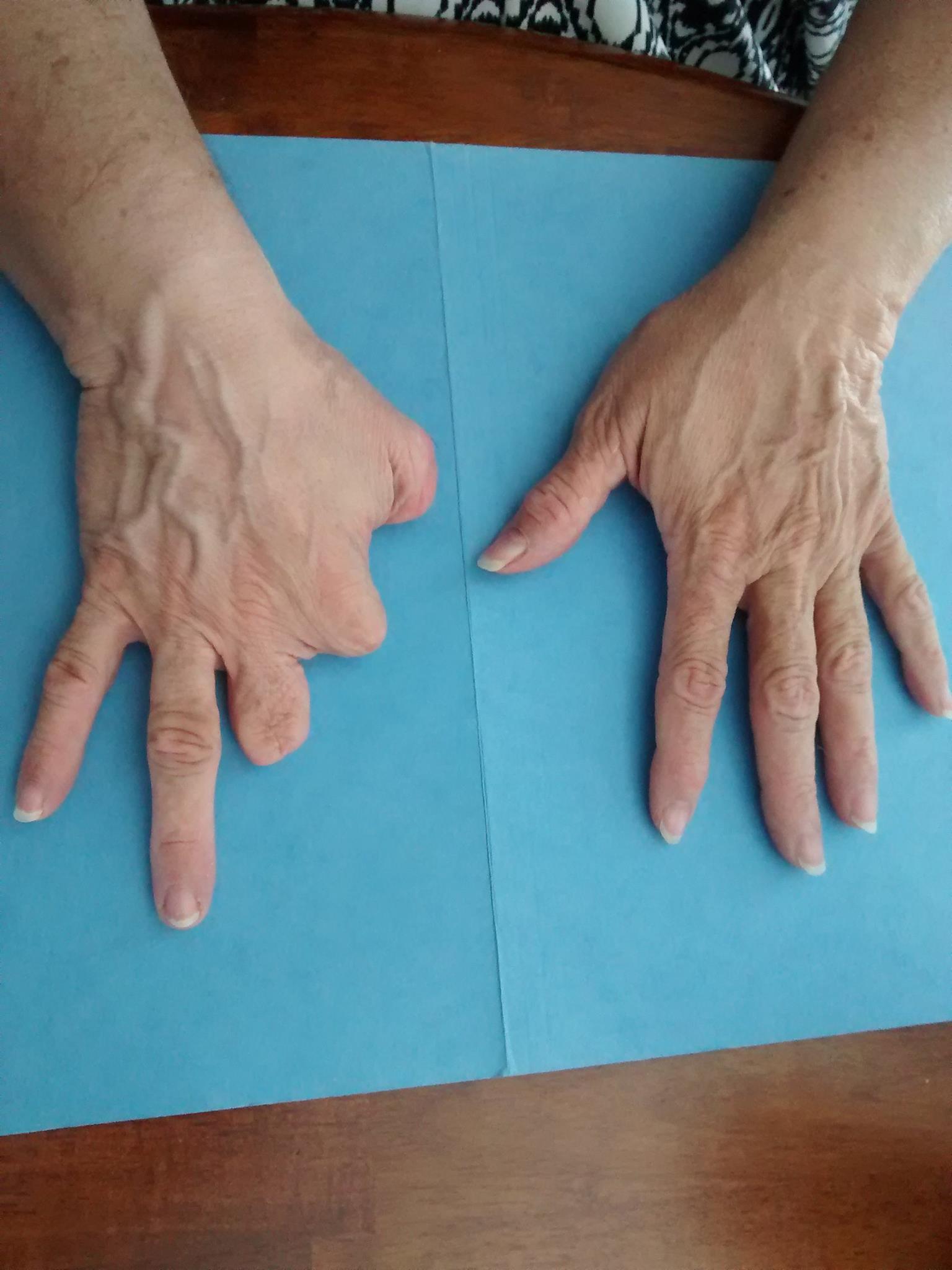Here’s a detailed overview of the materials typically used in durable thumb prosthetics, with insight into what you can expect in Milwaukee or any other U.S. clinical setting. I’ve organized it to address both functionality and longevity, as well as comfort and appearance.
1. Structural Materials: The Backbone of Durability 🛠️
Carbon Fiber Composite
- Why it matters: Carbon fiber offers an exceptional strength-to-weight ratio, meaning thumbs can be light yet tough—ideal for everyday use and active lifestyles.
- Benefits: High fatigue resistance, corrosion-proof, customizable shape .
Metals: Titanium & Aluminum
- Titanium: Biocompatible, corrosion-resistant, and significantly lighter than steel. It’s excellent for joints or internal supports in prosthetics.
- Aluminum: Also corrosion-resistant and lightweight, used often in structural frames—but less durable than titanium and usually anodized for surface protection .
2. Polymer Materials: Flexible, Customizable, Cost-Efficient
Thermoplastics (Polypropylene, Polyethylene)
- Common uses: Sockets, structural frames, and internal supports. They are tough, moldable, and budget-friendly, perfect for alignment and buffering internal components .
Acrylic Resins
- Used mainly for test sockets and molds—they’re rigid and easy to work with during the design and fitting stages fingerprosthetics.com.
3. Soft Materials: Comfort, Fit, and Realism
Medical-Grade Silicone
- Applications: External cosmetic covers, liners, padding—widely used due to its lifelike skin feel, flexibility, stain resistance, and hypoallergenic nature.
- Durability: Robust against staining (ink, dyes) and daily wear; cushioned feel may help desensitize sensitive residual limbs by distributing pressure.
Thermoplastic Elastomers & Polyurethane
- Used for liners and cushioning layers, these materials offer shock absorption and flexibility, especially beneficial for long-term comfort and repeated use .
Gel or Foam Inserts
- Added for cushioning and fit customization, reducing pressure points and adapting to mild changes in limb volume over time fingerprosthetics.com.
4. Innovative & Specialty Materials
Arnitel™ Eco (Flexible Engineering Polymer)
- A sustainable polymer used in some prototype thumb designs; combines flexibility, UV/heat resistance (~200 °C), PVC-free and recyclable.
Conductive/Smart Polymers
- Emerging in lab settings for future sensory feedback and active control, though not yet standard in durable thumb prosthetics .
5. Material Selection in Milwaukee Clinics
In Milwaukee, WI, you’d likely encounter prosthetic providers using these materials confidently across local clinics and hospitals:
- Carbon fiber and titanium for the core skeleton—supporting load, structure, and joint movement.
- Thermoplastics (PP, PE) for molds, sockets, and light structural elements—especially where budget and custom fitting matter.
- Medical-grade silicone for exterior covers: blending realism, durability, and comfort.
- Elastomers/foam for liners—ensuring snug fit and skin protection.
Clinical labs also frequently use acrylic resins for test sockets and pilots. Innovative materials like Arnitel Eco may appear in research from nearby University of Wisconsin or medical device startups—if available, your prosthetist might include them in specialized designs or trial models.
6. Key Considerations for Material Choices
| Factor | Best Materials | Why |
| Durability & Strength | Carbon fiber, titanium | Resistant to fatigue, wear, environmental damage |
| Lightweight design | Carbon fiber, titanium, PP, PE | Easier movement, less strain over prolonged use |
| Comfort & skin health | Silicone, TPE, foam liners | Cushions residual limb, reduces irritation |
| Cosmetic realism | Silicone, acrylic resin overlays | Mimics skin tone, seamless appearance |
| Cost & custom fit | PP, PE, acrylic shells | Easy to mold, relatively inexpensive |
| Sustainable options | Arnitel Eco, recyclable polymers | Eco-friendly, adjustable flexibility |
7. Getting the Right Fit in Milwaukee
- Begin with a certified prosthetist in Milwaukee-based clinics (such as those affiliated with Froedtert, Aurora, or private O&P providers).
- Discuss your priorities: Do you need ruggedness, precise function, cosmetic realism, or a combination?
- Ask about material options and their experience with specific polymers or composites.
- If interested in cutting-edge materials like Arnitel Eco or smart polymers, inquire about research partnerships with UW–Madison or local device startups.
- Expect a fitting process that includes test sockets (acrylic/thermoplastic), followed by final assembly using composites and silicone for the outer shell.
✅ Final Takeaway
Durable thumb prosthetics in Milwaukee are typically crafted using a blend of:
- Carbon fiber and titanium/aluminum for a strong yet lightweight backbone.
- Thermoplastics like PP/PE and acrylic resins for comfort, shaping, and cost-effective customization.
- Soft materials like medical-grade silicone, elastomers, and foam for realism, cushioning, and skin health.
- Specialized engineering polymers (e.g., Arnitel Eco) are beginning to emerge when clinics engage in research settings or advanced fabrication labs.
Together, these materials ensure modern durable prosthetic thumbs balance longevity, function, comfort, and aesthetic quality—whether built in Milwaukee or elsewhere.

